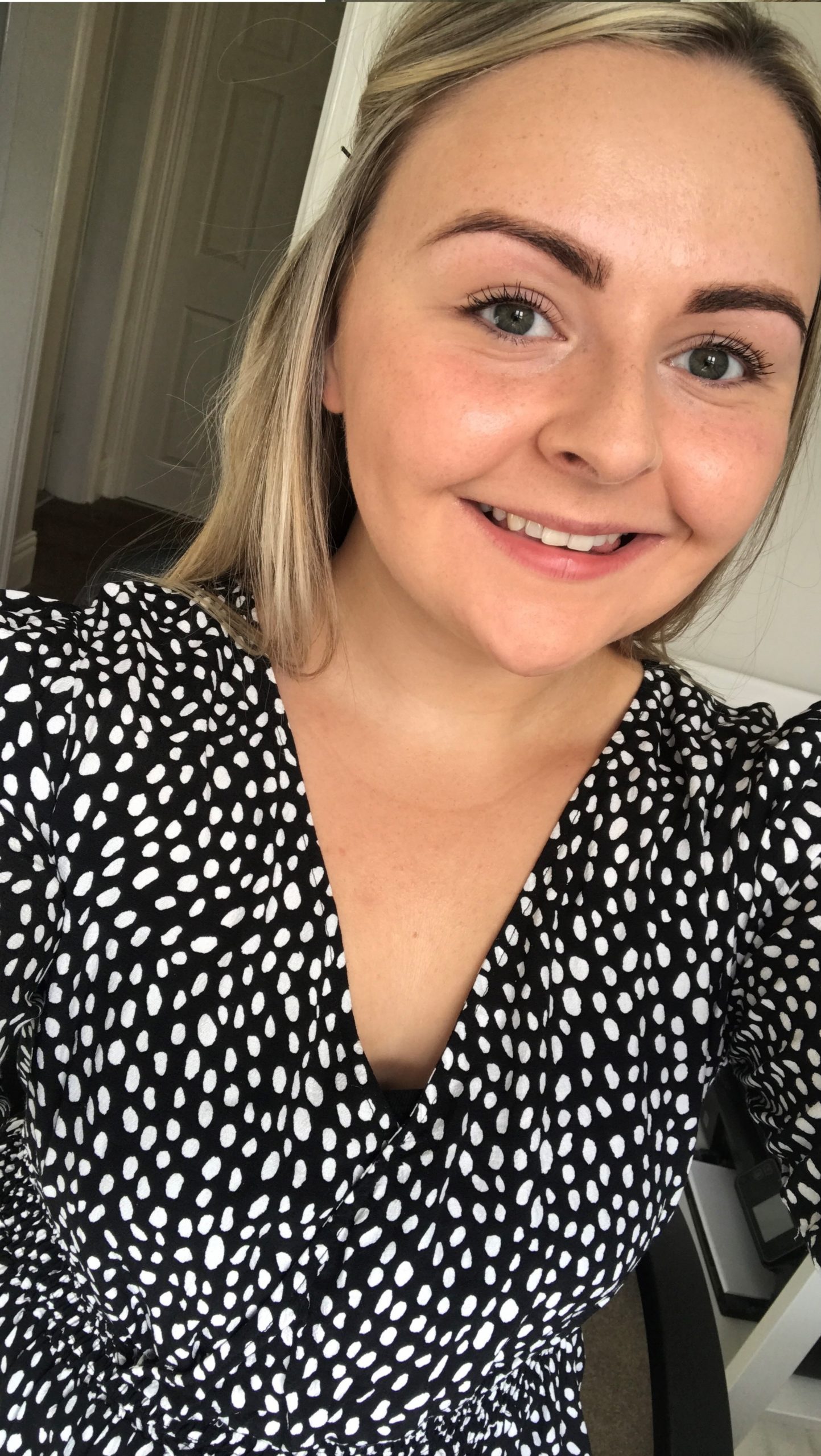Incident reporting in care homes: New study open for recruitment across England

ENRICHEnabling Research in Care Homes
GUEST BLOG
Incident reporting in care homes: New study open for recruitment across England
Kate Byrnes is a senior research assistant working on the ‘Safe System Transition’ (SafeST) research study at Northumbria University.
The ‘Safe System Transition’ (SafeST) research study at Northumbria University (https://research.northumbria.ac.uk/safest) aims to gain a better understanding of incident reporting in care homes and from this to co-design a systems-level response to safety issues for people transitioning between hospital and care home. Kate is going to explain in this blog the need for the research and how to be involved, if you are interested.

Transition from hospital to care home is deemed to be high in risk, with a high number of transitions resulting in adverse events. Common problems include communication failures, medication errors, and incorrect documentation. These problems can or could affect a person’s care and their safety. This is called a safety incident. However, identifying incidents is difficult; reports do not accurately reflect level of harm, care home and hospital organisations have different priorities, and health and social care sectors use different definitions of safety.
In addition, the patient would be outside of the hospital’s responsibility during the transition from the hospital to the care home. Due to this, it would be unlikely that a hospital staff member, who is contacted by a care home regarding an incident, would report the safety incident under the hospital’s policies. Consequently, integrated care between the health and social care sectors is lacking in relation to patient safety. As a result, opportunities for organisational, cross-sector learning are likely being regularly missed.
At present, there has also been no research conducted into how the care home sector reports patient safety incidents relating to transitions in care. This study will build upon existing knowledge within the fields of gerontology, patient safety, and previous research into care transitions.
What is the SafeST research study?
The study is split into two parts that run alongside each other. During the first part (workstream 1), we are reviewing how care homes respond to safety incidents. This includes looking at what policies exist, what technology is used, and how reports are captured. This workstream in comprised of structured interviews (currently open to recruitment, see below), a systematic scoping review, and a policy review. From this, we aim to create a categorisation system for the different approaches being used to capture safety issues.
During the second part (workstream 2), we have worked with two care home organisations, one in North East and one in South West England, completing semi-structured interviews with staff, as well as staff from hospital and community services that support people transitioning between hospital and care home. We are now reviewing the information that the care homes hold about safety incidents. We will use what we learn across the whole study to jointly design or make recommendations for a system for learning from safety incidents in care homes
Are you interested in being involved in workstream 1?
We are currently seeking to interview care home managers, deputy managers, owners, or senior nurses who work with care homes in England. We are looking to speak to one person (any of the aforementioned) per care home, that falls into the following categories:
- Local, regional or national providers
- Chain or independent providers
- Any resident type (eg general, dementia, learning disability, or mixed provision)
- Nursing homes, residential homes or both
The interview will last no longer than 20 minutes. It will be completed over the phone, or through Microsoft Teams. Each participant will receive a certificate of participation that can include the care home’s name and/or the individual participant’s name.
If you are working in a care home and would like to take part, please contact me via email and I can answer any questions you may have: kate.byrnes@northumbria.ac.uk. Alternatively, you can complete the Expression of Interest form with your details, and I will contact you directly. it can be accessed here:- https://northumbria.onlinesurveys.ac.uk/safest–expression-of-interest .
You can find out more about the SafeST study by visiting the study’s website: https://research.northumbria.ac.uk/SafeST
This study is funded by the Dunhill Medical Trust.
Team members include:
- Dr Jason Scott (Principle Investigator), Northumbria University
- Dr Stephanie Mulrine, Northumbria University
- Professor Katie Brittain,, Newcastle University
- Professor Justin Waring, University of Birmingham
- Professor Pam Dawson, Plymouth Marjon University
- Dr Lesley Young-Murphy, North Tyneside Clinical Commissioning Group
- Michele Spencer, North Tyneside Clinical Commissioning Group Patient Forum